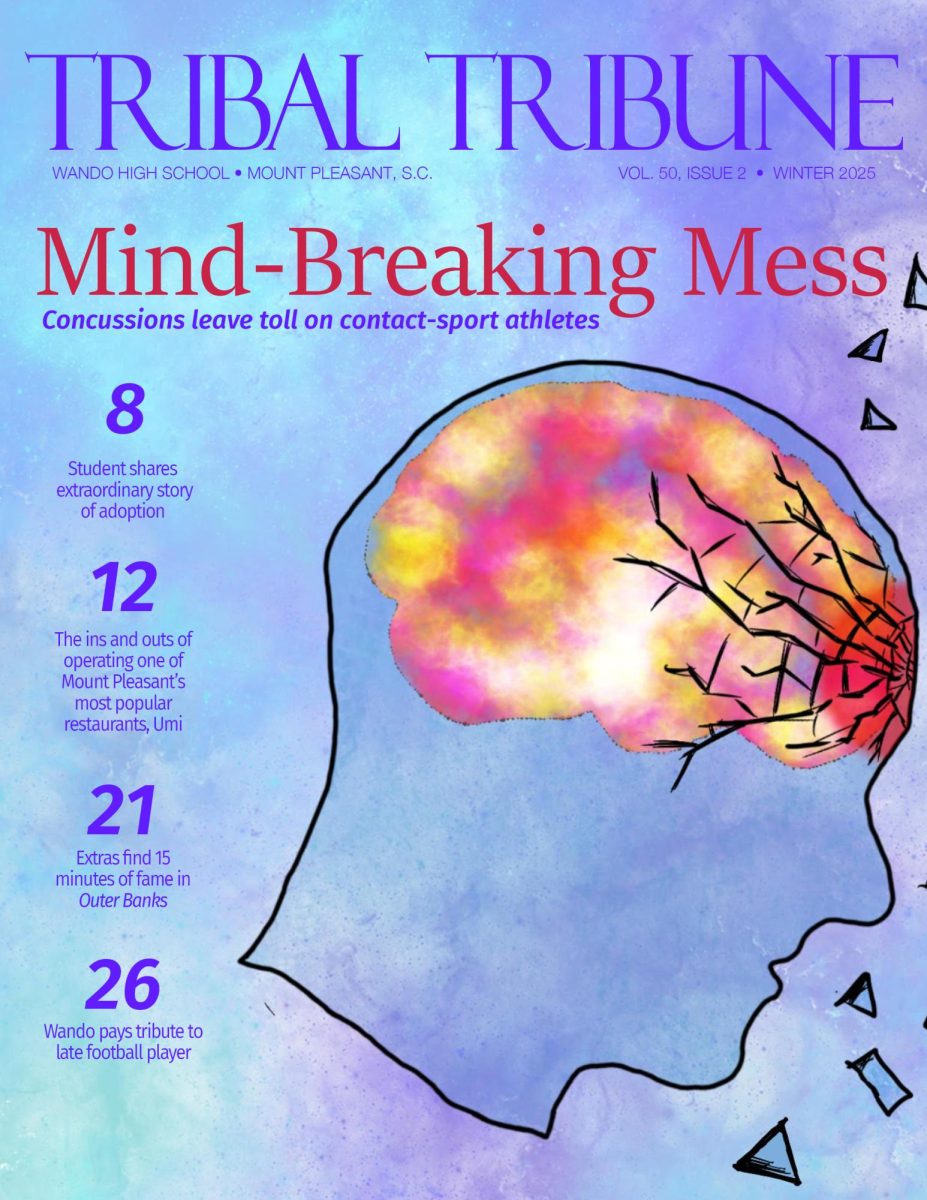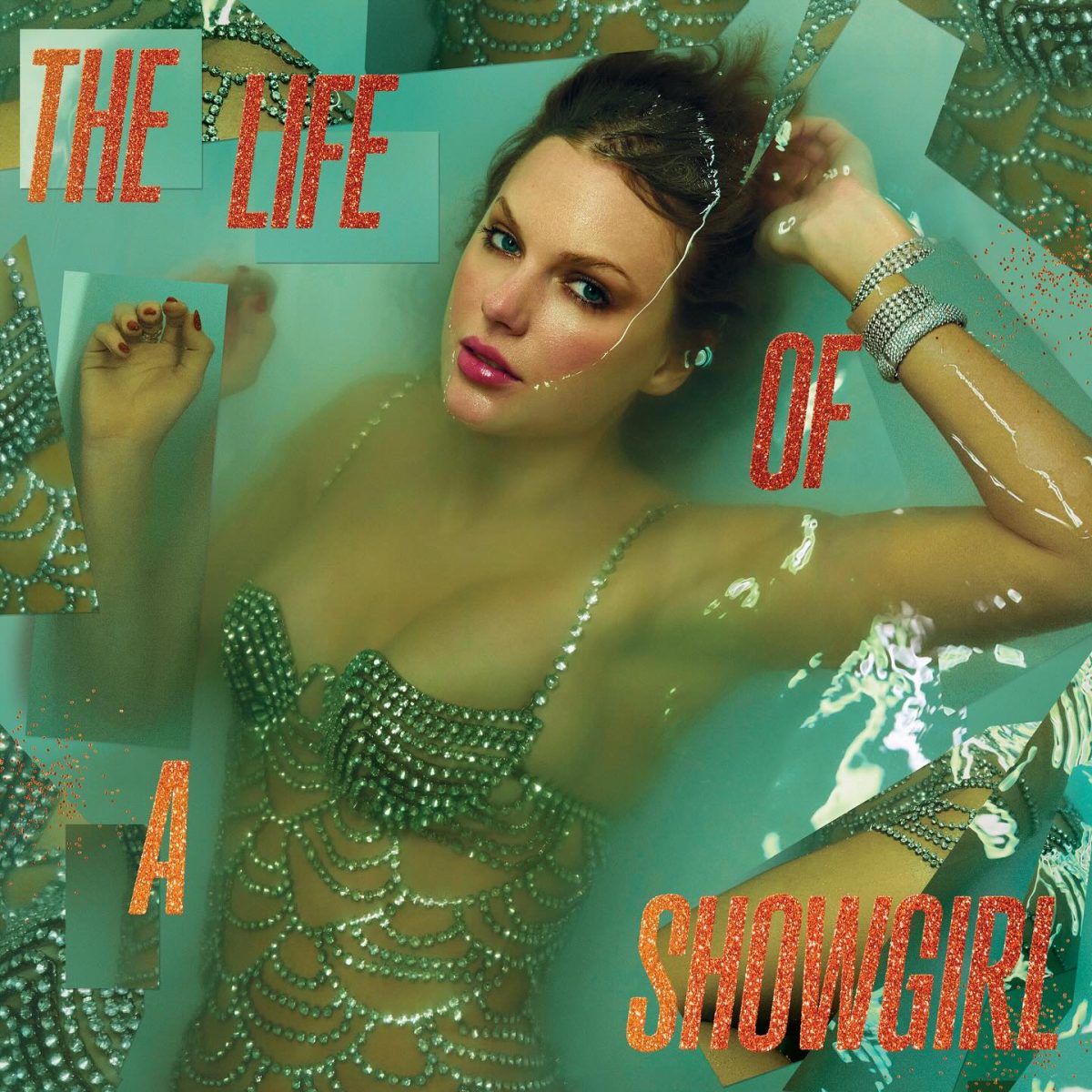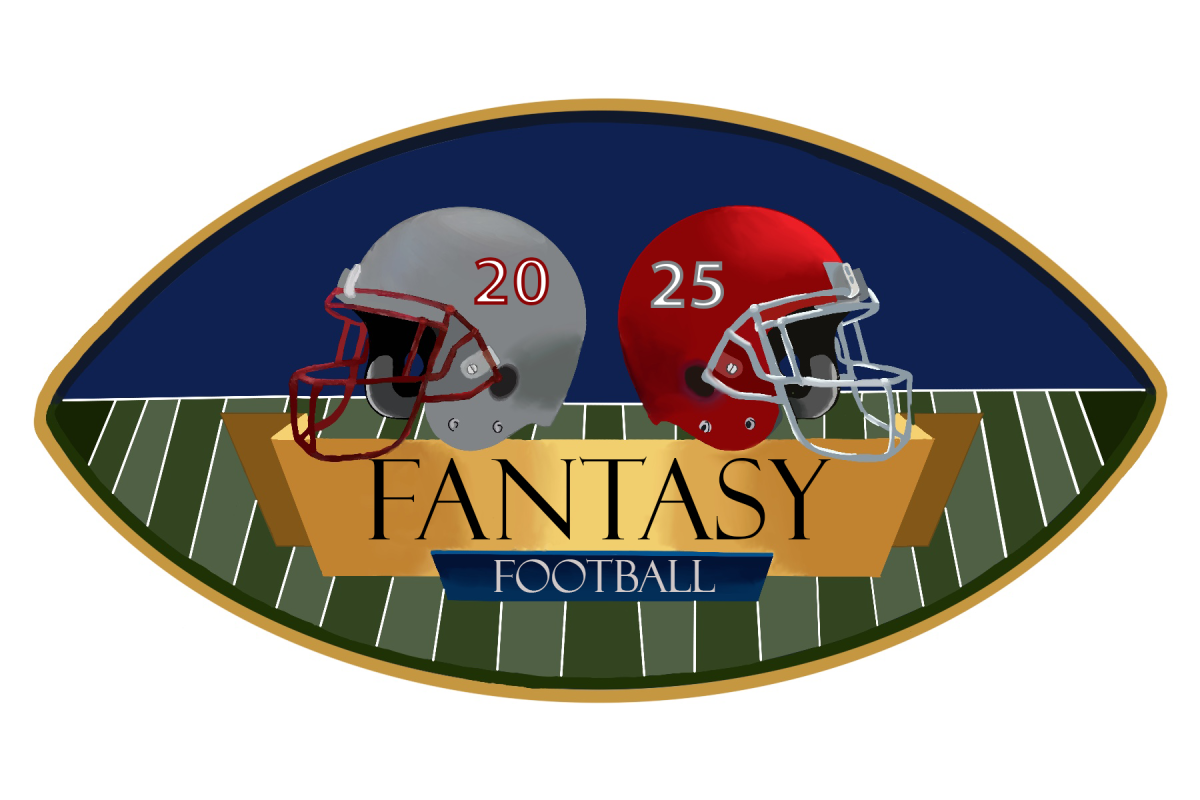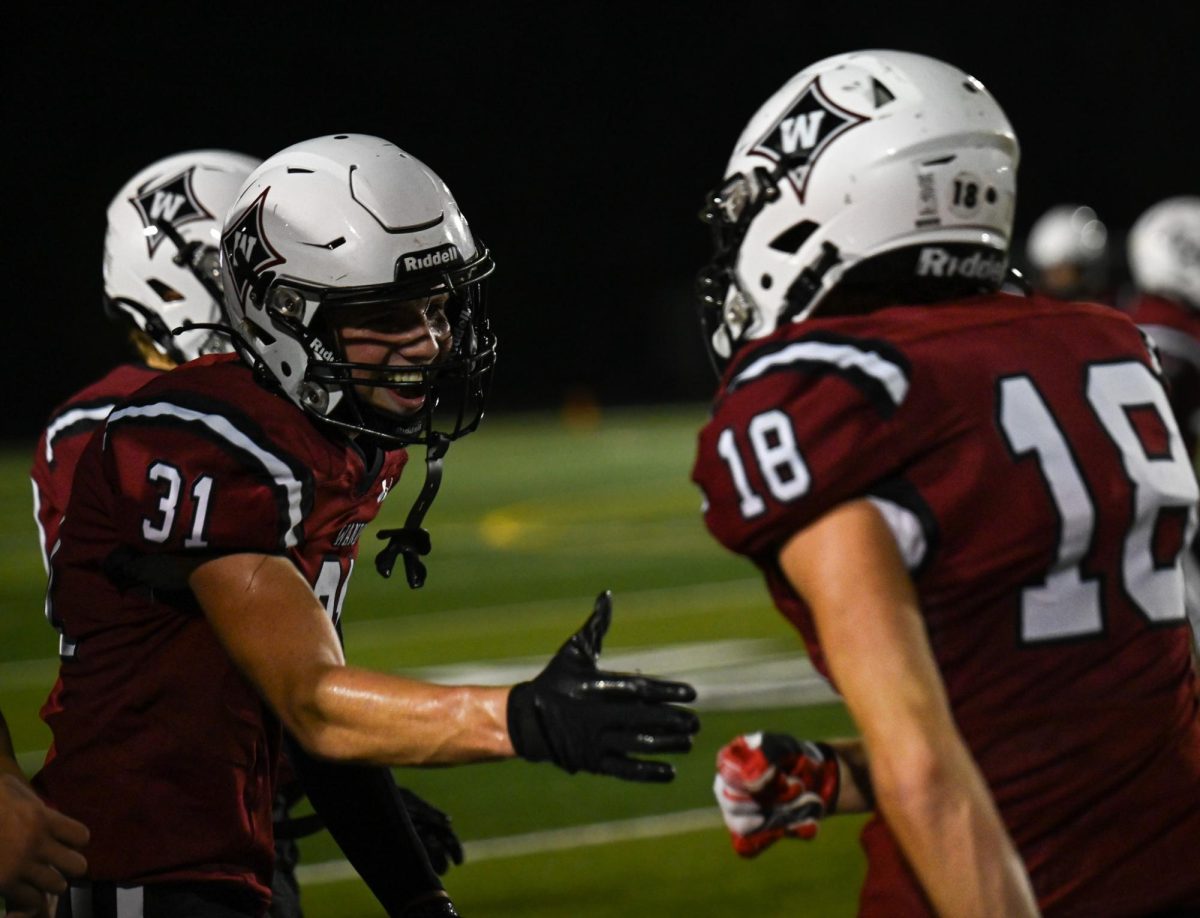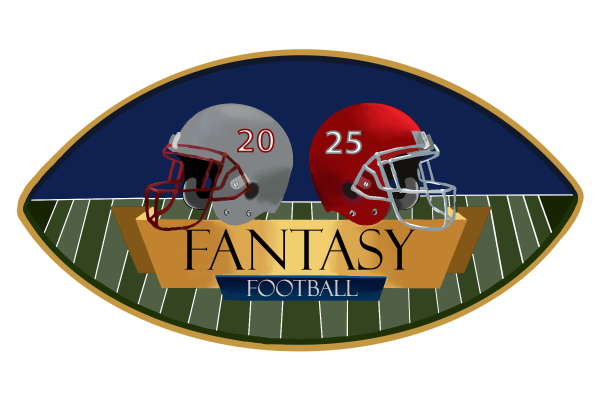Autism is a Spectrum
The Charleston Fire Department shows support for Autism Spectrum Disorders at the Charleston Autism Awareness Walk downtown at Marion Square on April 15.
May 8, 2017
There’s a saying that goes, ‘if you’ve met one person with autism, then you’ve met one person with autism.’
And that’s true.
Autism Spectrum Disorder is exactly as it sounds: a spectrum.
Yet some people misunderstand it. They don’t know how to deal with those who have it, and as a result they can sometimes become judgmental and unkind.
One of the greatest misconceptions surrounding the disorder is how truly wide the range of symptoms, abilities and treatments are for kids diagnosed with Autism Spectrum Disorder [ASD].
“I would describe autism as a neurological disorder that affects the way a person’s brain and body works,” said the head of Wando’s Exceptional Education Department Allyson Brown. “Just like teenagers, not all with ASD are the same.”
Some individuals diagnosed with ASD struggle greatly with what Dr. Laura Carpenter, a professor at the Medical University of South Carolina specializing in ASD, calls social communication impairments.
“[They’re] the give-and-take of social interaction,” she said. “Some people with ASD have really no interest in friendships or relationships, but for many people they’re very interested in having friendships and relationships but lack the skills maybe to make the friends initially or to keep those friends.”
The renowned kids television show Sesame Street explains this with their new character Julia: a young girl with autism.
In the show sometimes characters will try to interact with Julia, but she doesn’t respond.
“At one point Big Bird tries to say hello to Julia but she doesn’t respond,” said Walk for Autism director Kerianne Kraose. “And so, as a result, he asks questions. He says he’s afraid she doesn’t like him because she didn’t respond. But Elmo goes on to explain to Big Bird that she does like him, she’s just fixated on [playing with her doll]. That’s how it should go.”
Others are more greatly affected by restrictive repetitive behaviors, which are unusual motor movements, habits, or responses to sensory stimulus.
“I taught a student that could hear the buzzing of the fluorescent lights and wouldn’t be able to concentrate. Every year I would bring lamps into my classroom so we could turn off the overhead lights and he could work,” Brown said.
Another disclaimer: everyone on the autism spectrum does not have the same learning difficulties and capacities.
“There are people with autism who are incredibly cognitively impaired, and there are people with autism with average cognitive abilities and even gifted cognitive abilities,” Dr. Carpenter said.
Nor is every ASD treatment uniform.
“We know that high quality, high intensity early behavioural intervention can change the brains of children with autism. There’s some young children who are diagnosed with ASD [and have treatment] that would be truly indistinguishable from their peers by the time they reach elementary school,” Dr. Carpenter said. “But of course there are other kids for whom that treatment doesn’t work as well.”
Kraose explains this.
“One of the biggest things is actually about medication” Kraose said.
“Sometimes once someone is diagnosed people will say ‘oh what medications are they taking’ and stuff like that when really, there isn’t just one type of autism. It doesn’t work like that.”
Crissy Ortiz, a research program coordinator at MUSC, has an 11-year-old daughter who has high-functioning autism. Her daughter, Tia, was diagnosed when she was three. Ortiz has found the greatest way to help Tia and the ASD community has been through education.
“I was in the corporate world for two decades or so, and a few years ago I discerned what my purpose is. That translated to assisting individuals on the spectrum with career development but also consulting with schools, universities and organizations how to either educate or work with individuals who are on the spectrum,” she said. “It’s important not to label or categorized the collective group as having congruent capabilities or impairments because each person is different.”
Ortiz is the research program manager for one of MUSC’s newest and biggest research involvements, a national research study called SPARK — aimed to find up to 50,000 individuals diagnosed with ASD across the United States and to try to pinpoint more specifically what causes autism.
“Once the researchers analyze this information, the hope is that patterns and things will be discovered,” she said. “Of course when you have some increased knowledge and information surrounding the causes of autism, then you can improve treatments, improve support, improve education.”
One of the biggest things doctors, parents and experts advocate to help children diagnosed with ASD is actually pretty simple: ask questions.
“I’m glad when individuals ask questions because when individuals don’t ask questions sometimes assumptions are made,” Ortiz said.
Which, as Kraose explains, is one simple way that people can begin to understand and interact with people with autism rather than just make assumptions and ostracize others.
“See, if people just educate themselves and understand, I feel like that would really help.”



